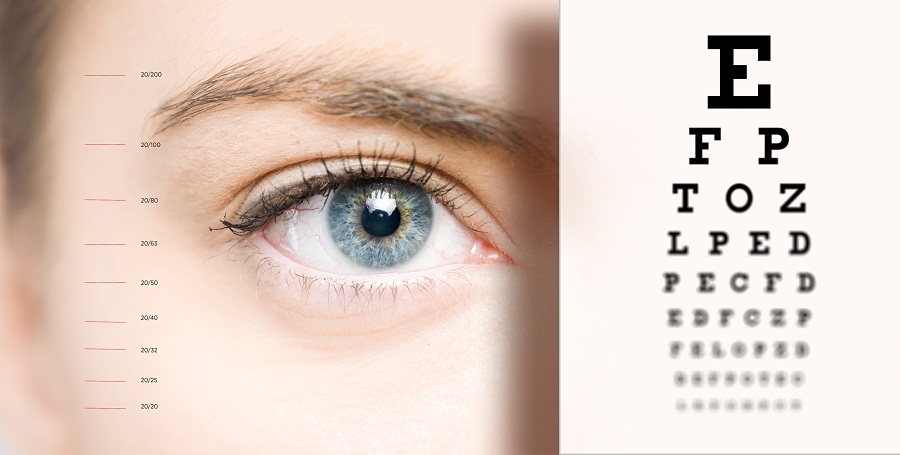Artificial Lighting: Experts Warn About The Danger

New York, NY – About the danger of sunlight to the eyes is something the researchers are warning about for many years. During daylight hour’s protection is needed for the eyes are suggested by doctors. Still some manufacturers of lighting claim that the lamps which duplicate the sunlight are good for the health of eyes.
The research showed that blue light accounts for 400 to 500nm, just one part of visible light. As the blue light has a very short wavelength, it has a more significant amount of energy and is emitted by sunlight, mobile screens, computer screens, and artificial lamps. The danger with blue light is that it increases the toxin level in the macular region of the eyes. The turning of the crystalline lens into yellow accelerates which gradually whitens and turns into cataracts.
It is seen that children under the age of 14 and senior citizens are more susceptible to the harms caused by blue light. Cataracts, blurred vision, vision loss, and age-related macular degeneration can be caused by blue lights and mainly to the students and office workers who use artificial lamps. Delta brainwaves which induce sleep get suppressed by wavelengths of blue light. Also, studies found that alpha wavelengths get a boost by blue wavelengths causing harm to alertness.
Too many studies have shown that exposure to ultra-violet and blue light damages retina and also overall health. Might be that mobile and computers aren’t so easy to get rid of, but artificial lighting can be avoided. People who study, read and work can take appropriate steps to rectify this issue.
Following are some tips given by several ophthalmologists for using safe lighting which will reduce the influence of blue light:
- For eye safety, lighting should have correlated color temperature (CCT), the range is 3000K-4,800K (warm-to-neutral white).
- For good color perception, the CRI or color rendering index should at least be 80.
- Brightness ranges should be aimed at the scale of 1000-12000 LUX at 12 inches (30 cm).
- To alleviate eye strain, the lamp should have a dimmer switch.
- Easily adjustable fixture should be there while choosing a light to prevent glare.
- Location and operation of fixture controls should be easily accessible.
- A coverage diameter of at least 12 inches (30 cm) at distance of 12 inches (30 cm) should be there.
- You should look for strongly made construction for durability and safety.
At Dr. Lite Medical LLC, doctors and scientists are working for blue light hazard solution. Filters with medical grade technology keep out the blue light and allow only the beneficial lights to pass through. If you go on using Dr. Lite lamps continuously, your alertness, visual acuity and focus will increase.
Ophthalmologists Dr. Huggett, Dr. Terry Forrest of Wayne’s Memorial Hospital at N.C. has field tested the company’s products and they are also endorsed by MDSUpport.org.
You can visit https://usa.drlite.net for more information.




